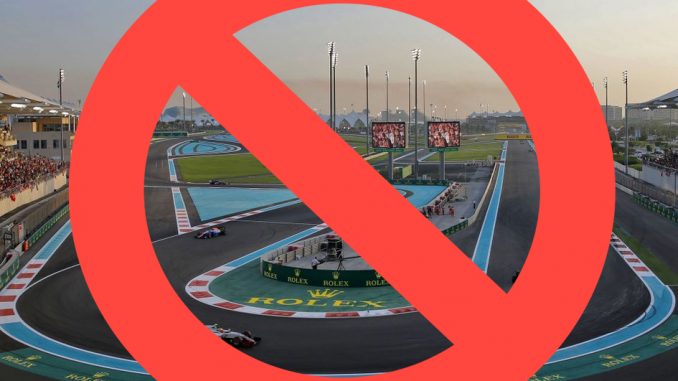
With F1 returning in under 2 weeks to one of the most popular circuits in F1 history, Spa, it got us thinking about the circuits that fans actually don’t enjoy. Here are 5 of the least favourite circuits among fans and drivers alike – let’s be thankful they are no longer on the calendar!
5 – Japan’s AIDA Circuit
Located in the hills of the Okayama Prefecture in Japan, the AIDA circuit was a picturesque setting for the Pacific Grand Prix, held in 1994 and 1995, but caused major logistical issues for F1 as a whole due to its remote location.
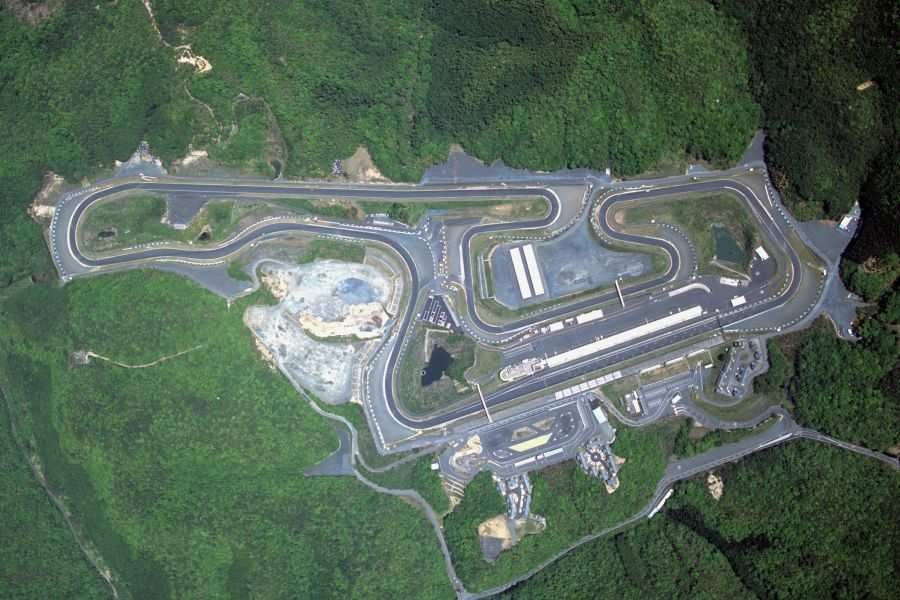
The short, slow layout wasn’t exactly conducive to overtaking or entertaining races in general, and the circuit was dropped for the 1996 season.
4 – Korea’s Yeongam Circuit
Hermann Tilke’s circuits have always tended to be rather divisive – with many labelling his designs as dull and monotonous, punctuated by off-camber 90-degree turns. These circuits have rarely produced exciting racing, and his designs have thus been on the receiving end of a lot of criticism over the years.
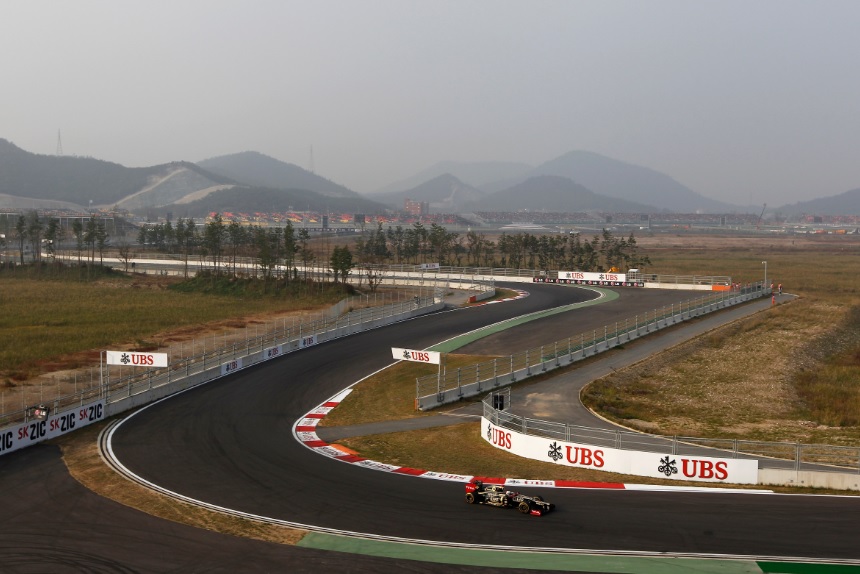
Arguably his least memorable circuit is the Yeongam Circuit, which hosted the Korean Grand Prix between 2010 and 2013. The circuit for the most part failed to inspire entertaining racing, and hardly anyone attended the races. A return to the circuit was planned post-2013, but the circuit was eventually removed from the calendar completely.
3 – Spain’s Valencia Street Circuit
Hosting the European Grand Prix between 2008 and 2012, Valencia’s Street Circuit was another of Hermann Tilke’s not-so-popular designs. While the track boasted a unique layout which some compared to Monaco, the circuit had none of the staying power of the classic street circuit.
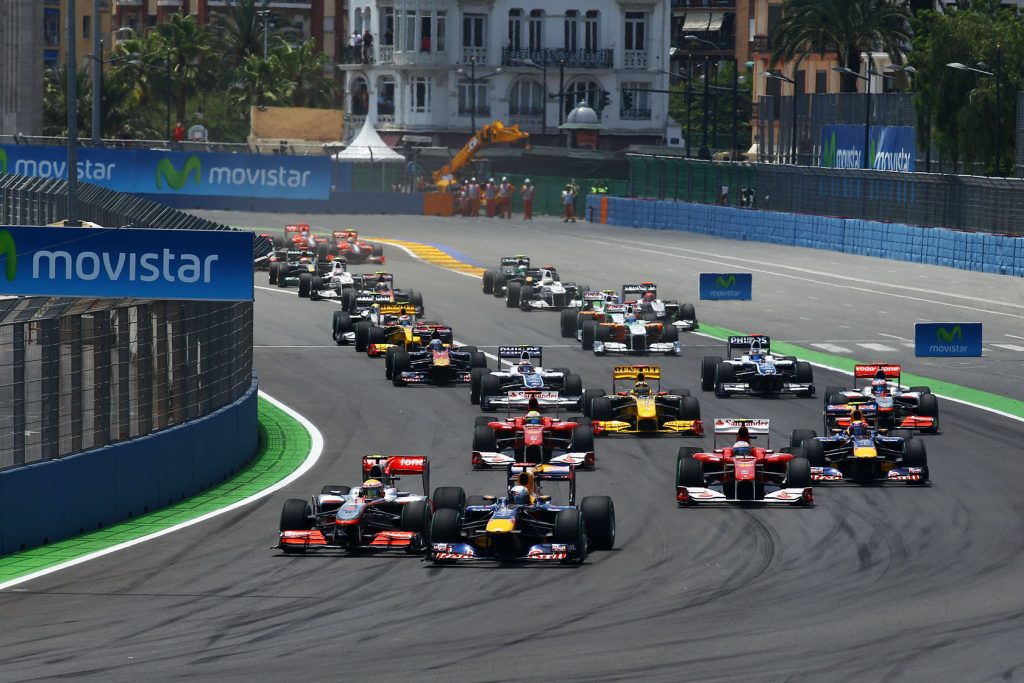
The circuit produced extremely dull racing with its weird curved straights which made overtaking almost impossible. In fact, not one overtake took place during the 2009 version of the race. The circuit was eventually completely dropped for the 2013 season, after it ironically hosted one of the most entertaining races of the 2012 season.
2 – Las Vegas’ Caesar’s Palace Grand Prix
Did you know that an F1 race has taken place in the carpark of a hotel? In 1981, Formula One made its first of 2 stops in Las Vegas at a temporary circuit set up in the car park of Caesar’s Palace. The somewhat unique setting required the layout of the circuit to make the most of the space they had available:
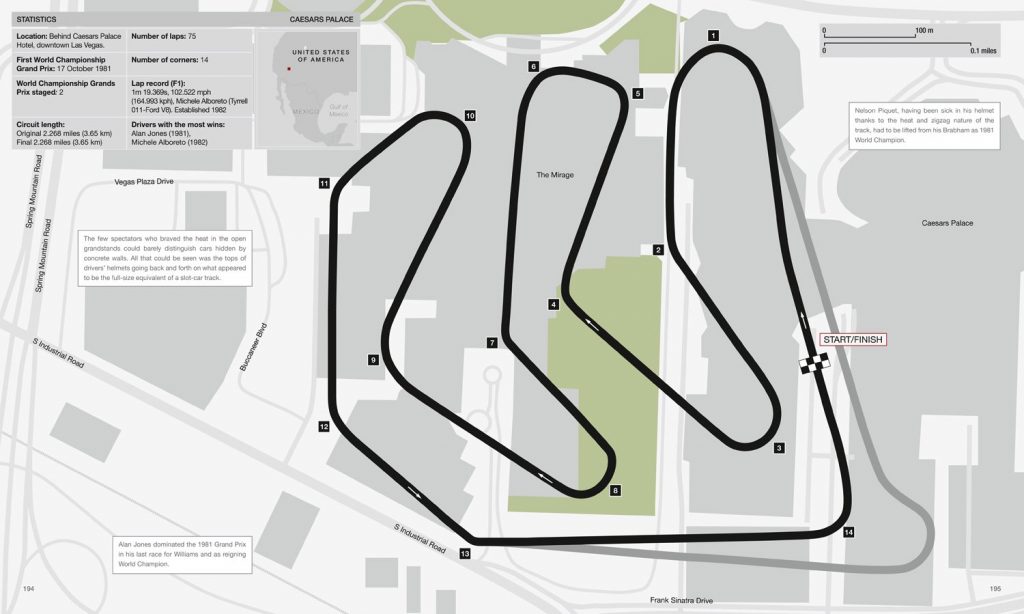
Yep. It was shockingly bad. The repetitive nature of the circuit combined with the hot conditions of Nevada made the track instantly unpopular with the drivers as well as the spectators. The circuit was also anti-clockwise instead of clockwise (most circuits are clockwise), which meant that the circuit was quite literally a pain in the neck. It was dropped permanently after the 1982 event.
1 – Argentina’s Autodromo Cesar Alfredo Galvez
Buenos Aires hosted many F1 events sporadically over the years –with the first event being held there as early as 1953. There were many different layouts that were used, too – each layout was supposedly introduced in order to work in conjunction with the performance levels of the F1 cars of a given era.
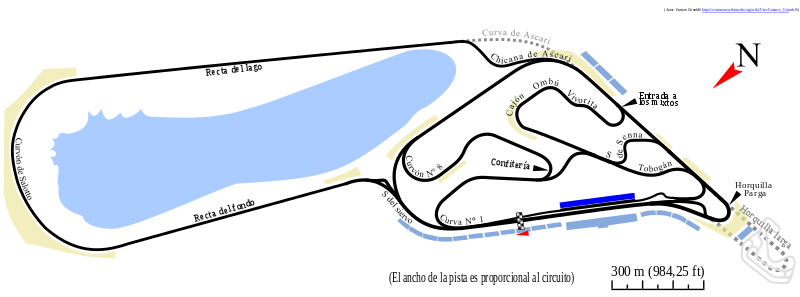
The final layout that was used in F1 between 1995 and 1998 was implemented in order to reduce the cars’ average speeds to adhere to safety concerns. However, this led to exceptionally boring races with almost no overtaking events during those last few years in the Argentine capital. Unsurprisingly, the race waned in popularity, and the 1999 event was cancelled pre-season. Formula 1 has not returned since.

